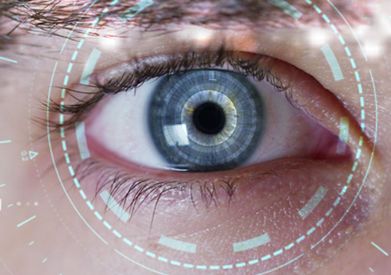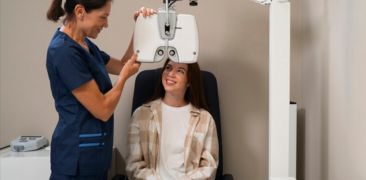LASIK is the most popular laser vision correction procedure in the world today. LASIK is a two stage procedure. The first step is creation of a flap of 90 – 130 micron thickness. The flap is then reflected and the exposed corneal stroma is called ”THE BED”. The second step is to modify the curvature of the cornea by laser shots – “ABLATION” on the bed according to the predetermined corneal profile made by computer suitable for the particular eye. The flap is the replaced on the bed to produce an un-interrupted surface . The flap sticks to the bed quickly in two minutes and there is no need of any stitch or bandage.The vision is good just after the procedure and gets better with time and in nearly all the cases becomes perfect in one day.
LASIK Pre-requisites
The minimum requirement ARE:
- Age above 18 years
- Stable refraction (Spectacle power) for one year
Besides the 2 conditions mentioned above , a sufficient corneal thickness and a normal corneal profile is necessary.
LASIK Post-op Care
LASIK Post-op CareAfter LASIK a normal routine life is possible after 2 days. There are no restrictions on food, watching TV or reading and these activities can be performed to the level of comfort. Washing face and taking bath is allowed with eyes closed with care so that water does not enter the eye. There is no restriction on room lighting.
LASIK COMPLICATIONS
The procedure is safe and rate of complications is very low. Complications such as under or over correction can be managed by enhancement in majority of cases. The other complications are flap related and though are serious and vision threatening in nature , are becoming rarer with advances in microkeratomes and the present generation of microkeratomes are safer. Now the bladeless femtosecond laser keratome promises to be safer.
Refractive lens exchange
In refractive lens exchange surgery the natural crystalline lens of the eye is replaced with an artificial Intra ocular lens (IOL) to achieve sharper focus, rarely it is opted for young people with very high powers. The surgical procedure is almost the same as cataract surgery and is done under local/topical anesthesia.

